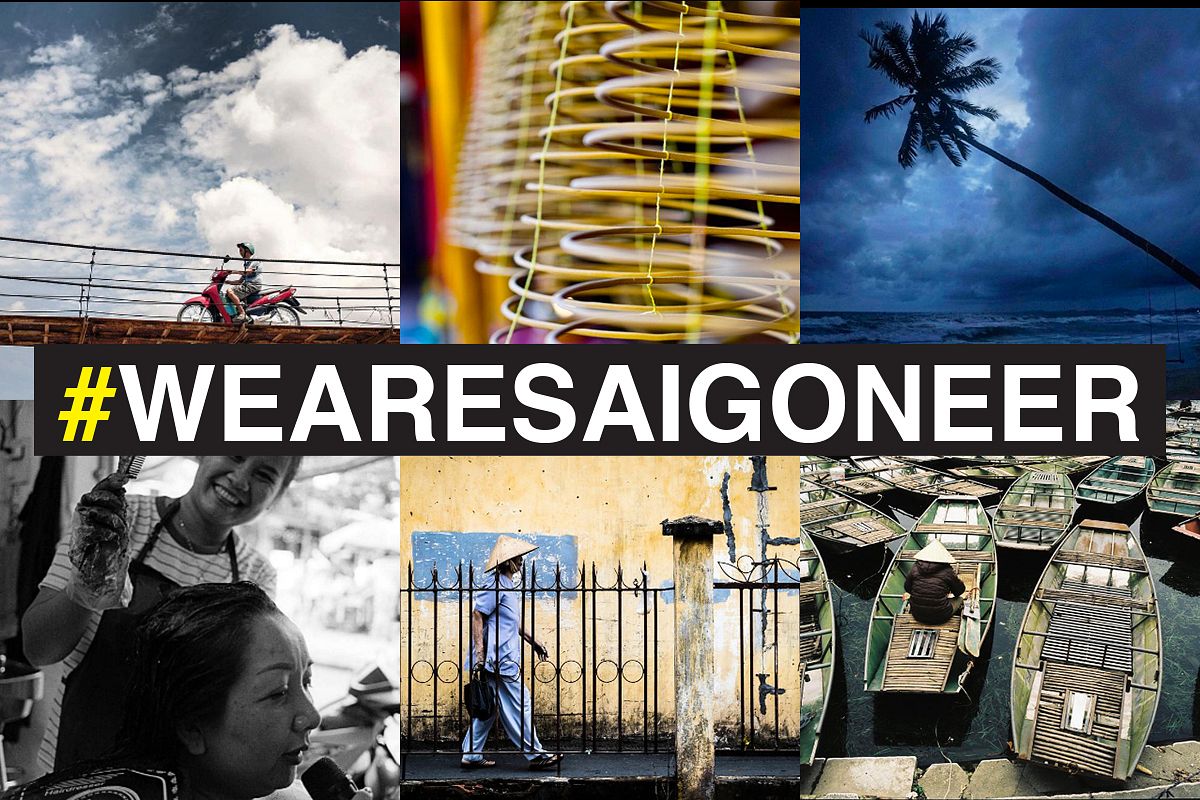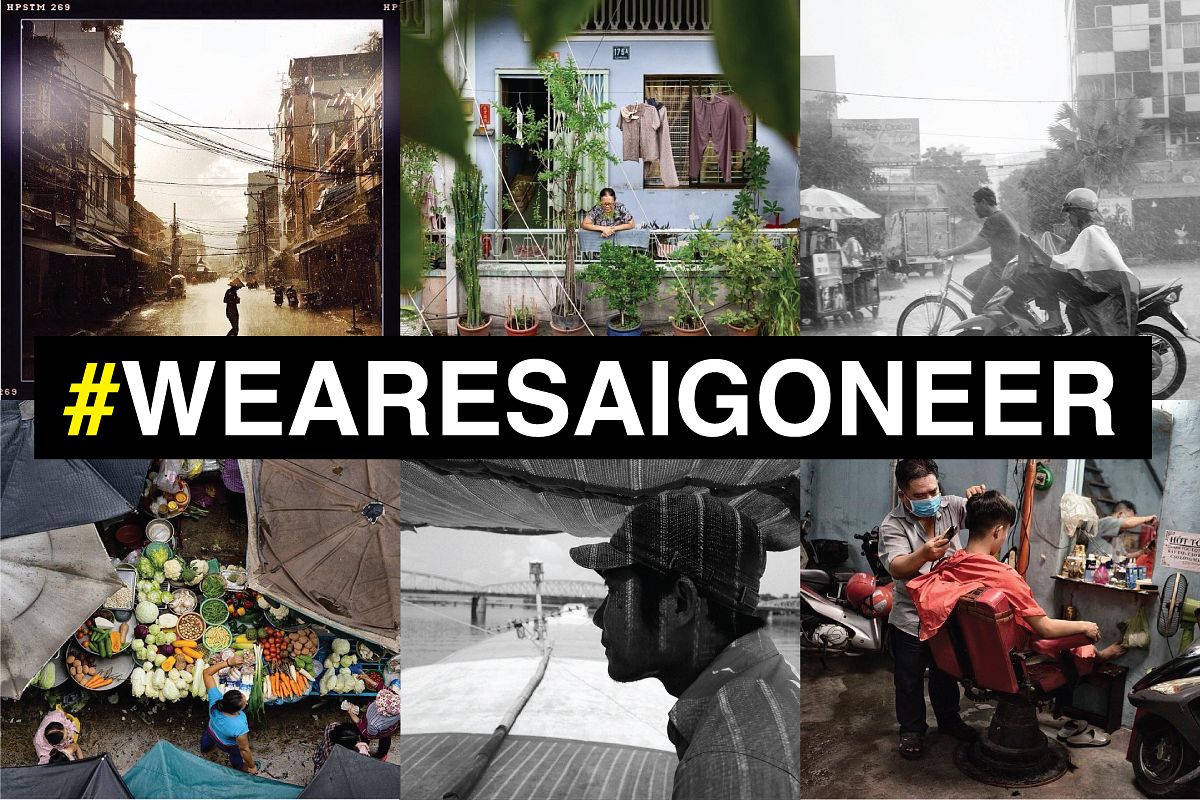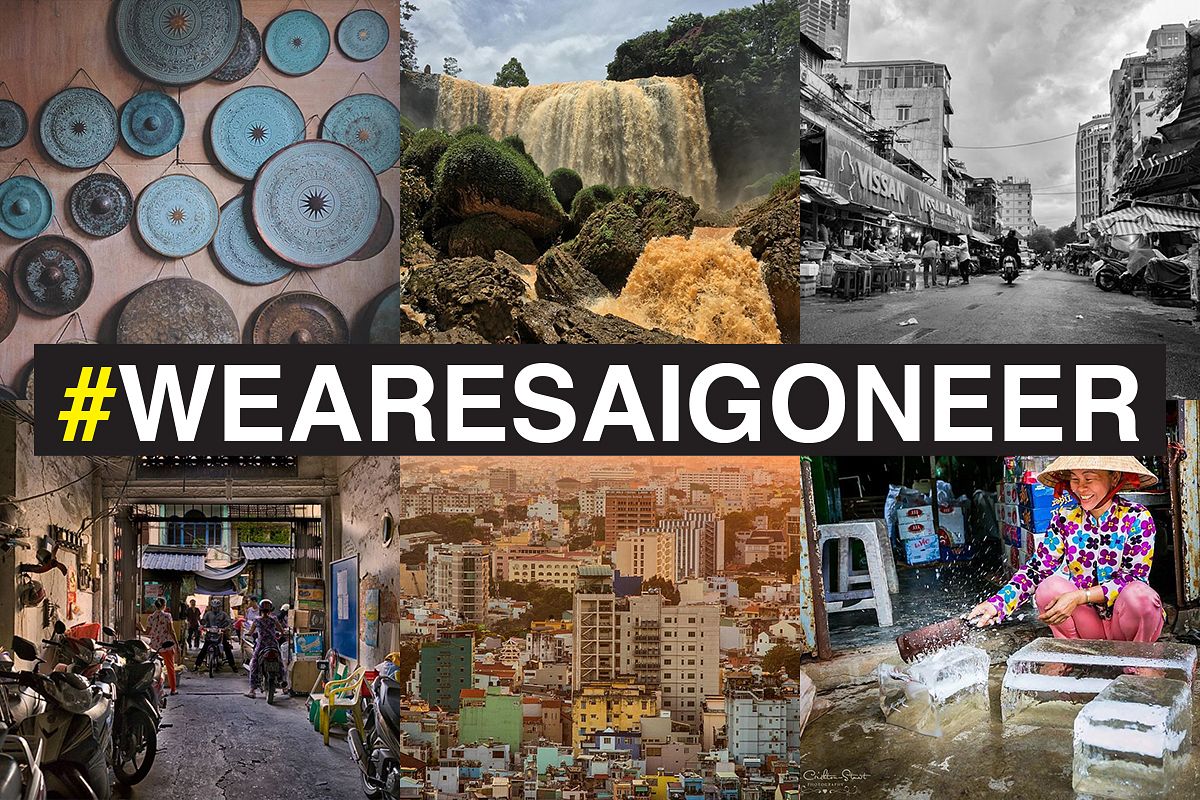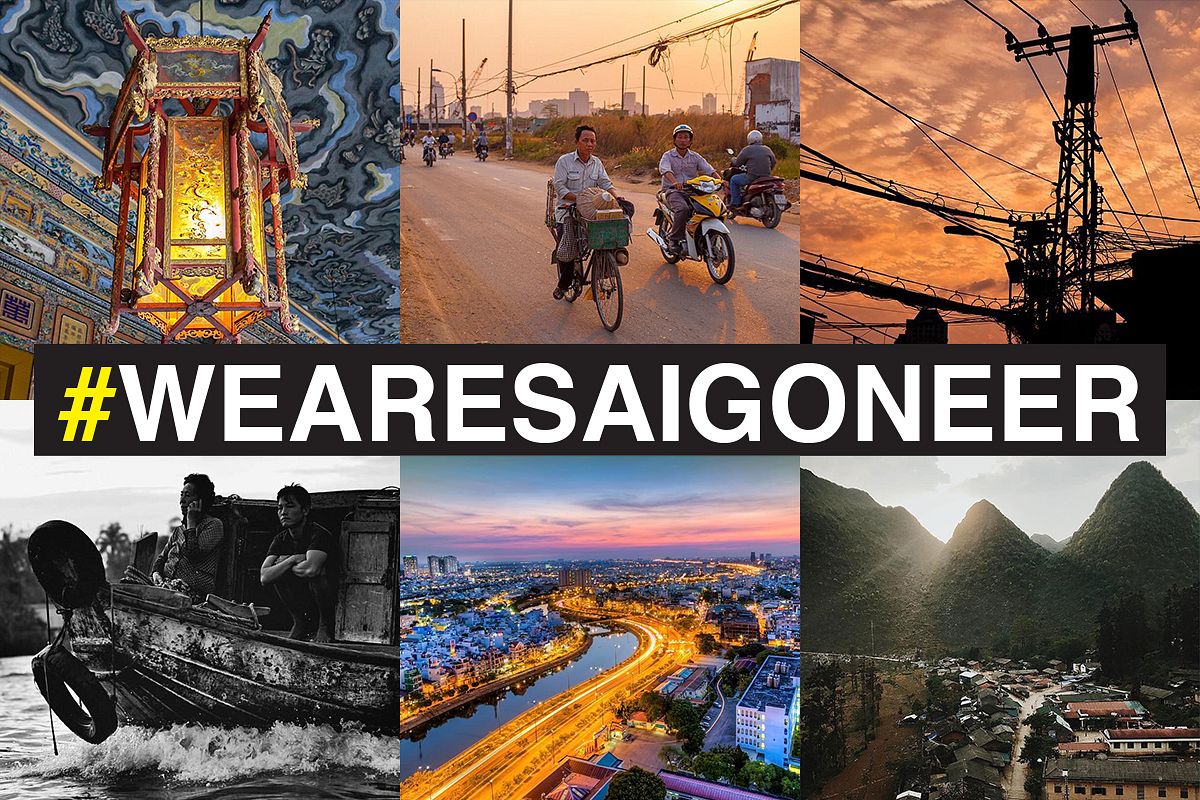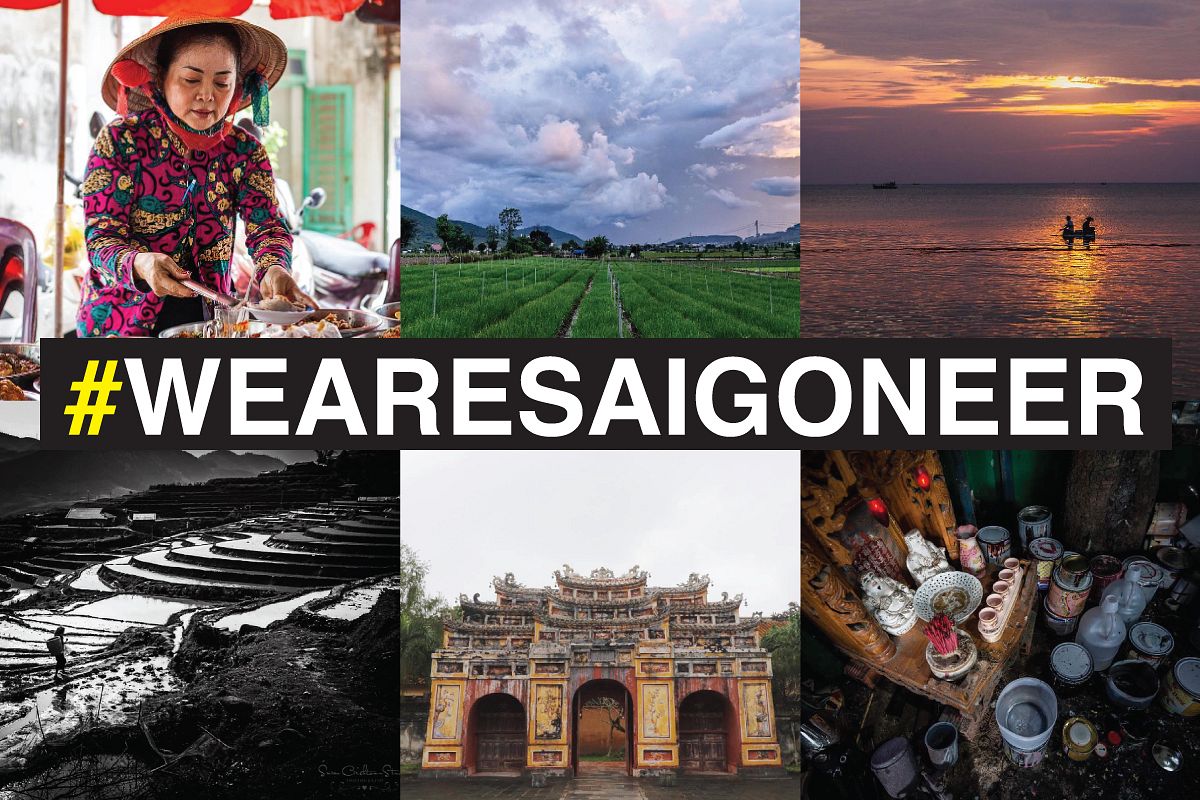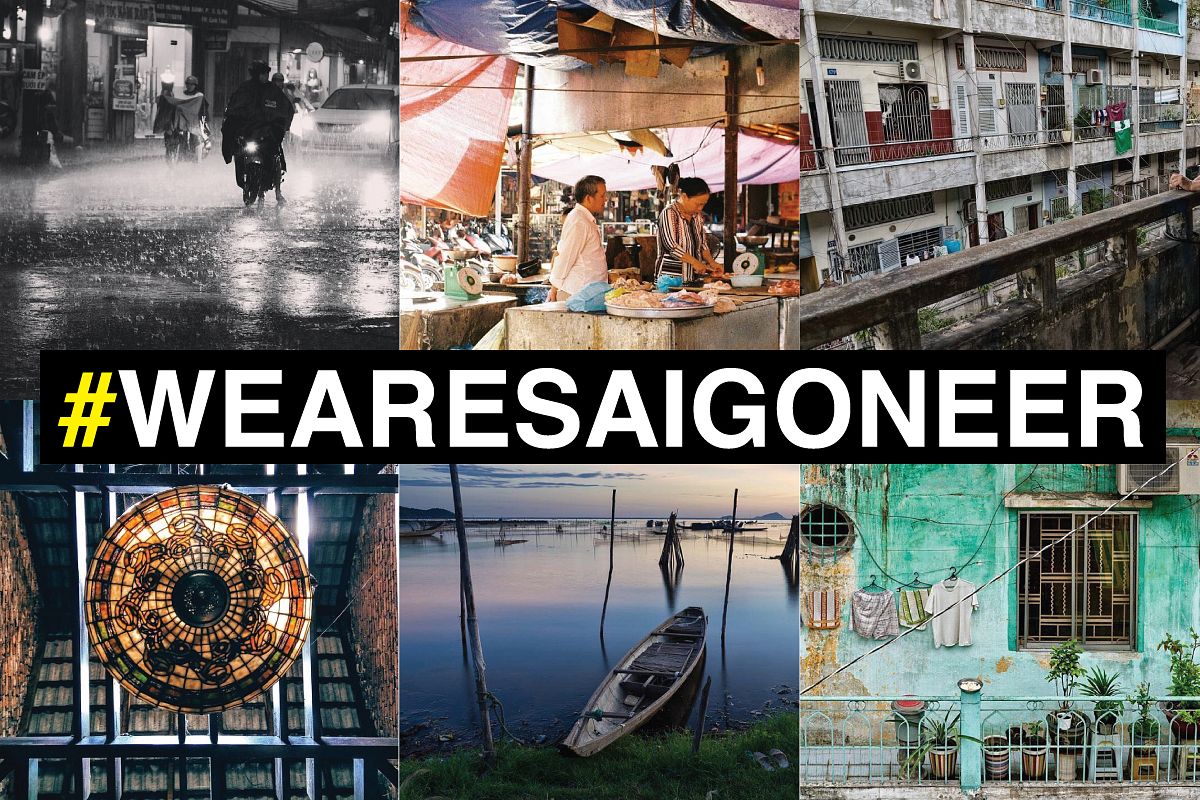There’s little doubt that Vietnam is enchanted by Japanese culture. From sushi restaurants to anime to the works of Japanese novelists like Haruki Murakami and Kenzaburo Oe, cultural imports are welcomed with open arms by local fans.
However, things are different the other way around. Over the past decades, the number of tourists from Japan in Vietnam has slowly increased, but in the East Asian nation, representatives of Vietnamese culture are few and far between. Beginning in 1984, Japanese teacher Kato Sakae has been working to change that by translating Vietnamese-language works of literature into Japanese in hopes of bringing Southeast Asian literature closer to her home country.
Sakae’s name might be unfamiliar to the average Joe, but literature buffs who have been following news regarding Nguyen Nhat Anh, the author of Yellow Flowers on the Green Grass know her work. Nguyen distinctively Vietnamese book came out in 2010 and has since achieved the status as Vietnam’s most beloved work of contemporary literature. It was adapted into a feature movie directed by Victor Vu and was even translated into English and Japanese. Kato Sakae was responsible for the Japanese translation.
Since the 80s, the Kanagawa native has translated a plethora of short stories, novels, and anthologies by authors such as Nguyen Minh Chau, Luu Quang Vu, Le Minh Khue, Nguyen Huy Thiep, Ta Duy Anh, Y Ban, and most recently, Nguyen Nhat Anh.

The Japanese cover of Yellow Flowers on the Green Grass. Photo via Zing.
Born 1953, Sakae’s personal connection with Vietnam began in 1971 when she enrolled in the Vietnamese Language program at Tokyo’s University of Foreign Studies.
“I grew up in a city with a US military base so I was very sensitive to world affairs,” she said in an interview with Tuoi Tre in 2005. “However, my knowledge about Vietnam when I first started college was very shallow. On one hand, I was very touched by the sacrifice and bravery of the Vietnamese people. On the other hand, I couldn’t understand them because I thought that Vietnamese are just people like Japanese.”
Sakae’s husband, Kato Norio, worked as the Vietnam editor for local broadcaster NHK and traveled to Vietnam to learn the language in 1984. Norio brought home from the trip a few books by Nguyen Minh Chau and Luu Quang Vu, which inspired Sakae to attempt translating them into Japanese, as both a hobby and a way to hone her language skills.
Learning Vietnamese in the 70s in Japan wasn’t easy, according to Sakae, who recalled a time without computers, Vietnamese-Japanese dictionaries or even textbooks.
“At the time, Vietnam’s printing was very inadequate under the planned economy,” she shared. “While reading, we had to use our imagination. Because there was no dictionary in Japanese, we had to read Vietnamese and Chinese dictionaries, and even then it was difficult to visualize the meaning. Thus, now I have a very vivid imagination.”
Sakae eventually had a chance to visit Vietnam in 1978 and made 20 trips back and forth between then and 2005. In between trips, she worked as a Vietnamese teacher in local, Japanese institutions. According to the professor, teaching Vietnamese pays much better than translating Vietnamese due to the limited interest in Vietnamese literature. Nonetheless, she ended up quitting the teaching job to translate full-time.

Kato Sakae (right) with Vietnamese writer Y Ban (left). Photo via Tien Phong.
In Japan, the most famous Vietnamese work is Bao Ninh’s The Sorrow of War. It sold 8,000 copies, which is an impressive performance especially considering the decline of print media in Japan.
The overall situation for Vietnamese literature in Japan, however, is rather disheartening. Sakae explained that previously, translation projects were sponsored through a fund for Asian literature established by Toyota. That fund, however, ran dry years ago. She now undertakes projects with financial assistance from an insurance firm. Even then, the firm can only support two books per year from the entire Asian continent, hence it usually takes seven or eight years for a book from Vietnam to get published.
“If [we’re] lucky, [the book] will be on the shelf for a month. If not, [the bookstores] will clear it out. You’ll have to order online if you want it,” she explained.
Now in her 60s, Kato Sakae has no choice but to reduce the workload, despite her still-burning passion for translation. Her favorite Vietnamese dish is bún chả; she also enjoys Vietnamese coffee. But, according to the professor, the only thing she brings back home after trips to Southeast Asia is books.


